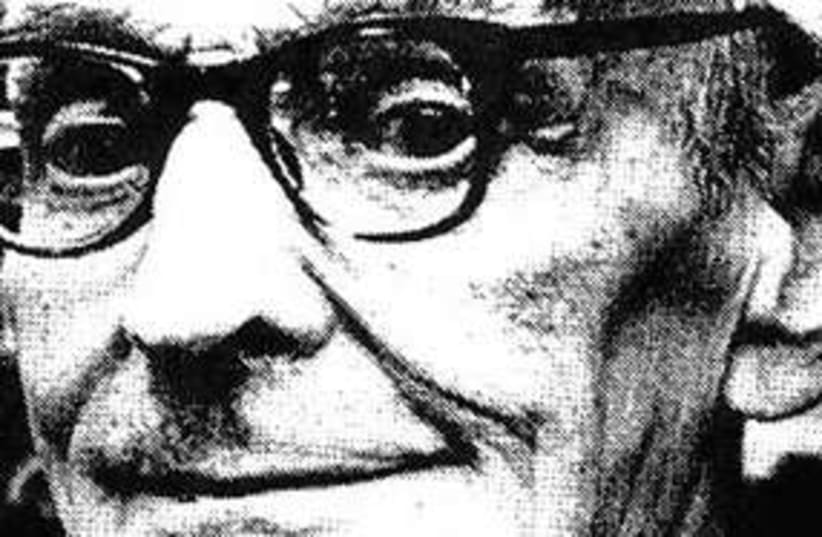– Walter Christaller as quoted by David Blackbourn, The Conquest of Nature: Water, Landscape and the Making of Modern Germany
“Germany’s student body is on the march” – Martin Heidegger, 1933 Walter Christaller died quietly in his home at Jugenheim, Germany, on March 9, 1969. He was 75 years old. To judge by the outpouring of grief in American academic circles, it becomes clear this was an important and well liked man.Brian Berry and Chauncy Harris wrote an “appreciation” in the journal American Geographical Society. In it they described how Christaller “as a child longed to travel.” In 1983 an even more sycophantic article was published in the Annals of the Association of American Geographers by Ruth Hottes entitled simply “Walter Christaller.” According to her, “Walter Christaller needs no introduction in the United States.” She described how he was “ignored in his native country for a long time, but his ideas had an early impact upon the thinking of geographers in the United States and Sweden. It was only in old age that Germany recognized his achievements with honors and awards.”
